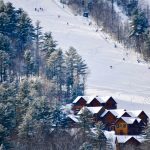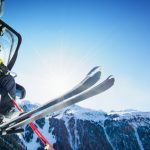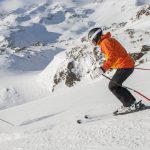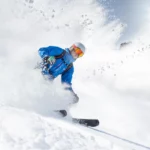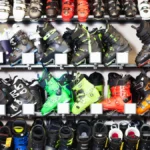How to Switch from Skiing to Snowboarding

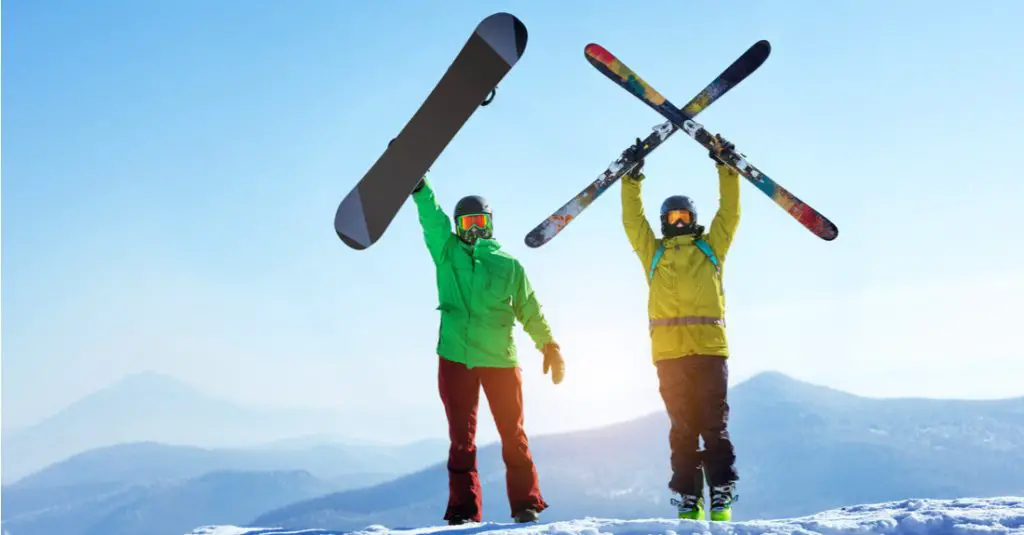
Most skiers have entertained the idea of trying their hand at snowboarding. Whether looking for a challenge, curious about the sport, or just tired of chasing down lost ski poles, learning to snowboard gives skiers a new way to experience the mountain.
Switching from four edges to two requires developing a whole new skill set. No matter how long you’ve been a skier, learning to snowboard will take patience and dedication. If you’re up for the challenge then take a look at our list of what to expect when making the transition.
You may experience technical differences
Since snowboards have only two edges, it makes sense that it’s easier to master technical aspects, like turning, on skis. But what snowboarders sacrifice on the technical end they more than make up for with an enhanced mountain experience. Many powderhounds believe two edges give boarders a smoother, more enjoyable ride than they would have on skis.
“I have always loved the freedom of riding over skiing, mostly because I love having my arms free to express the entire movement, whether it be bank turns, riding powder in the trees or backcountry adventures,” said Cindy Kleh, National Snowboard Champion, certified Level 1 AAS1 snowboard instructor, and author of Snowboarding Skills: The Back-to Basics Essential for All Levels . “I have always felt more confident on a snowboard.”
Mastering sharp turns while boarding is one of the toughest challenges skiers face, as turning abruptly is easier with more edges. Maintaining momentum on a snowboard is another challenge: with the aid of poles, skiers can easily skate or use the poles to push themselves along, whereas snowboarders need to sustain a greater momentum without assistance.
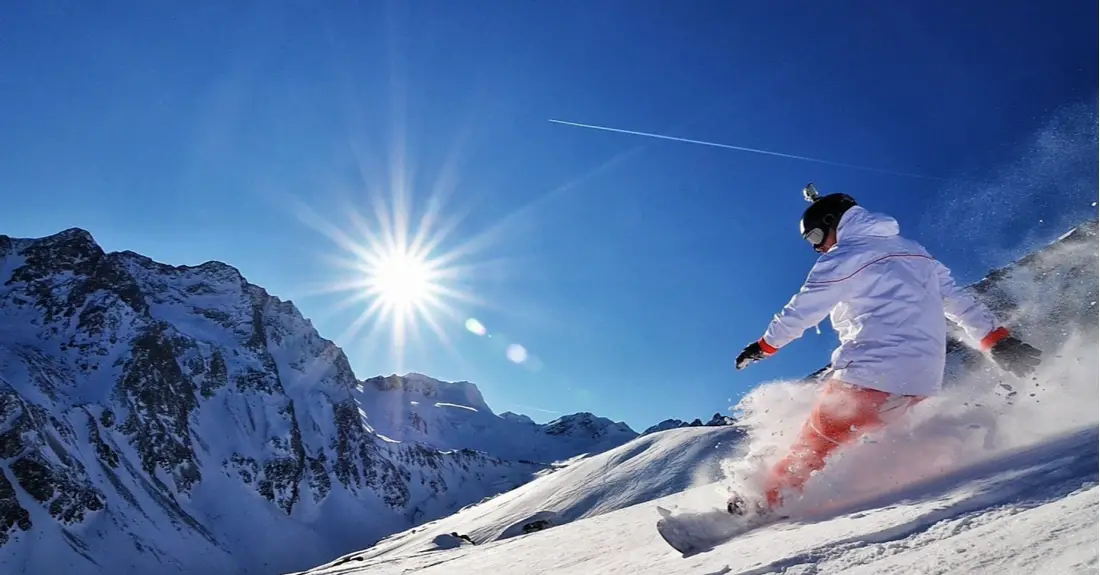
There’s a learning curve
Skiers making the transition to snowboarding may find snowboarding to be a more challenging sport to initially learn. After all, maneuvering around on two independent legs is something we’re used to, but your legs must work in tandem when snowboarding. However, many powderhounds say that once you get the basics down, snowboarding is an easier sport to master than skiing.
Ski conditions can play a role in how well your first snowboarding day goes. Powdery conditions lend itself to better maneuvering on a snowboard, while icy conditions are typically better suited to skis – four edges are better than two when it comes to stability.
Get ready for a new look
Most ski clothing is traditionally very tight fitting. This is due to being rooted in Olympic racing where speed is a factor. Snowboarding clothing, on the other hand, has always been known to have a looser fit and a boxier look. But the clothing differences are slight and beginning to overlap, so unless you’re looking for an excuse to buy a whole new outdoor wardrobe, there’s no reason to invest in a new jacket and pants.
One big difference, however, is the footwear. Those new to snowboarding will enjoy the comfort of the roomier snowboard boot compared to the confines of a ski boot. The wide snowboarding boot assists in the ability to switch edges. As Kleh put it, “I prefer snowboard boots because they are lighter, warmer and easier to walk in (and you can drive a car with them on in a pinch).”
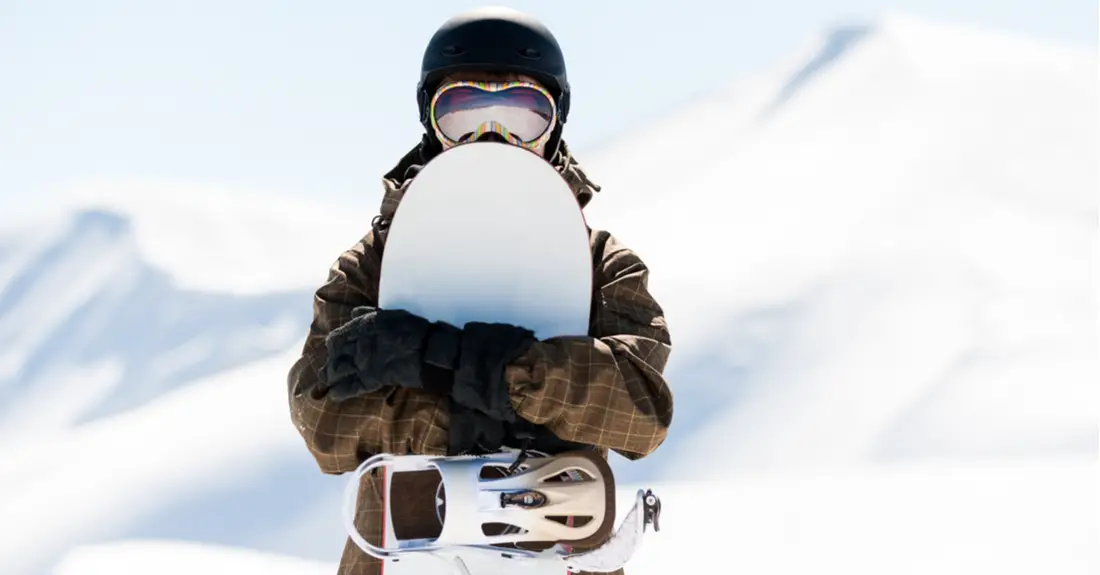
Don’t miss your lesson
It’s no secret many die-hard skiers are not a fan of sharing the mountain with snowboarders. Skiers often have the impression snowboarders are out-of-control and therefore, a danger on the mountain. Three resorts – Alta , Deer Valley and Mad River Glen – have entirely banned snowboarders from their slopes.
This stigma is due in part to the challenges of turning on the board’s edges, and its steep learning curve. Professional snowboarding instruction can help ease the learning curve and ensure an enjoyable day on the mountain for all.
Since mastering snowboarding takes a great deal of practice, it’s best to invest in professional instruction from a PSIA-AASI certified snowboarding instructor. A lesson will help ease the initial learning curve and frustration that comes with mastering the sport.
